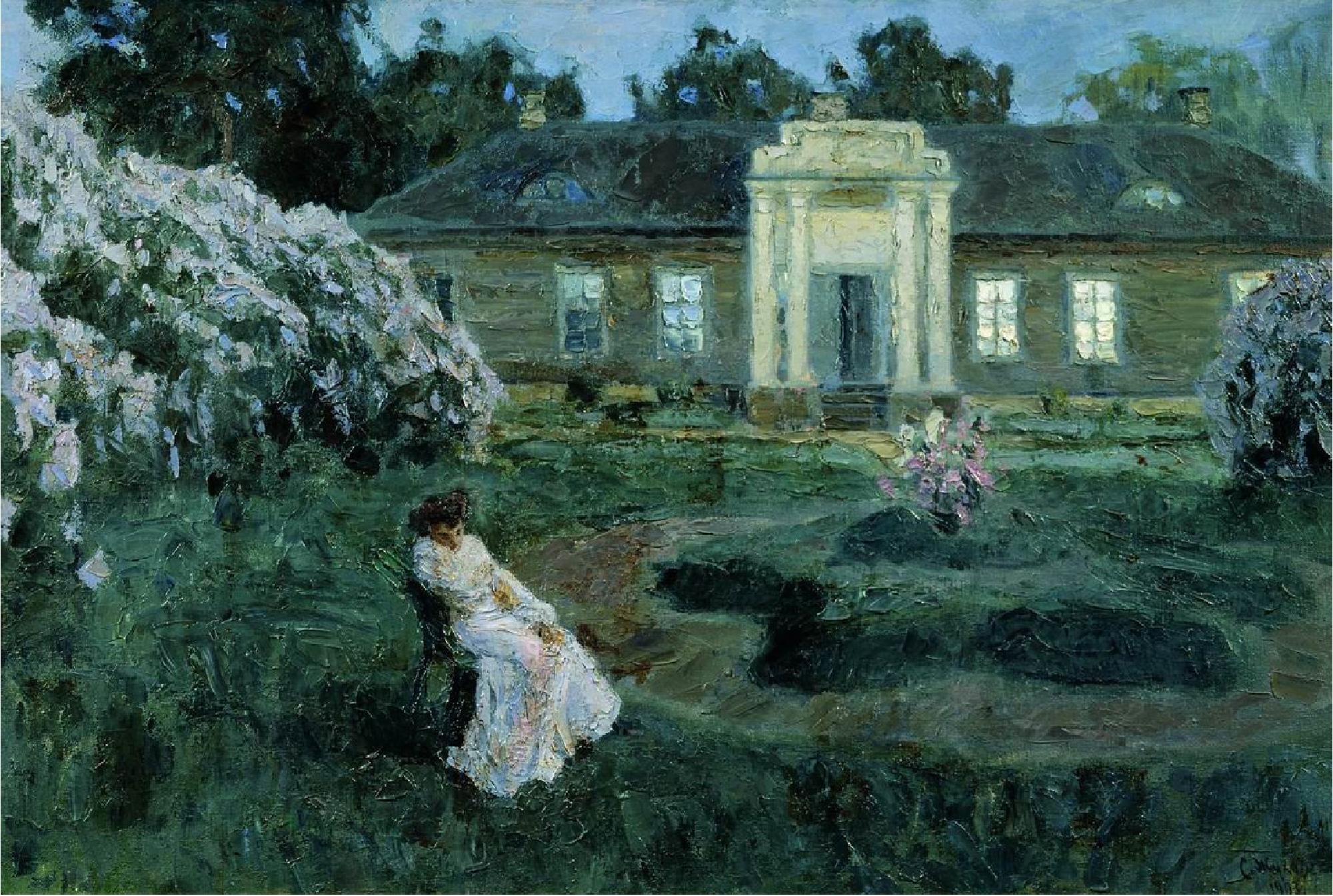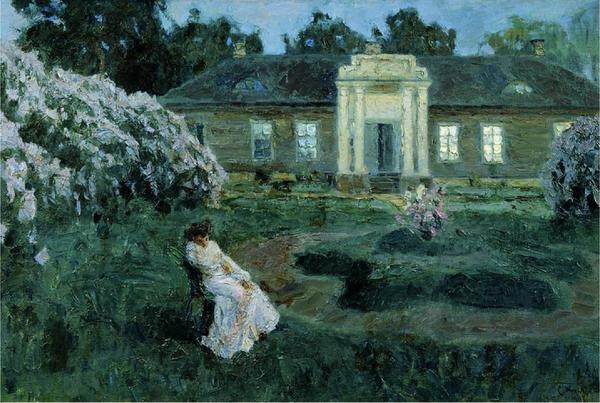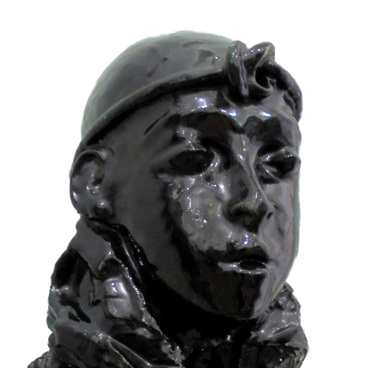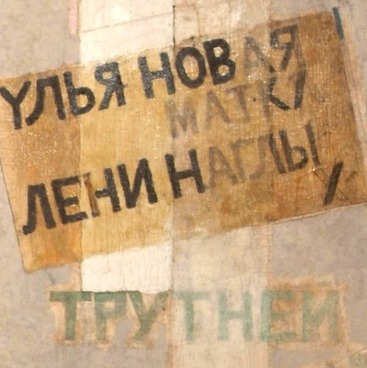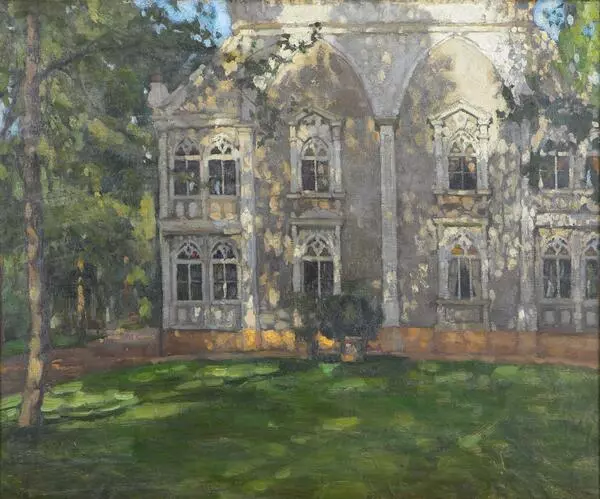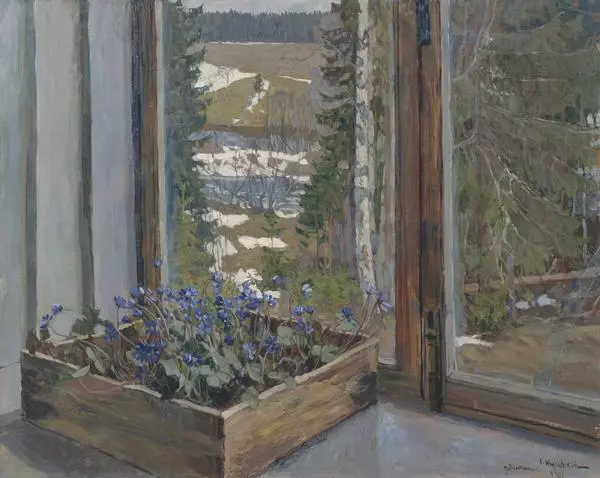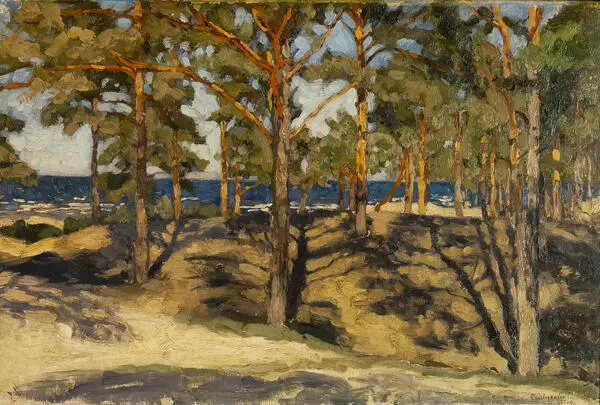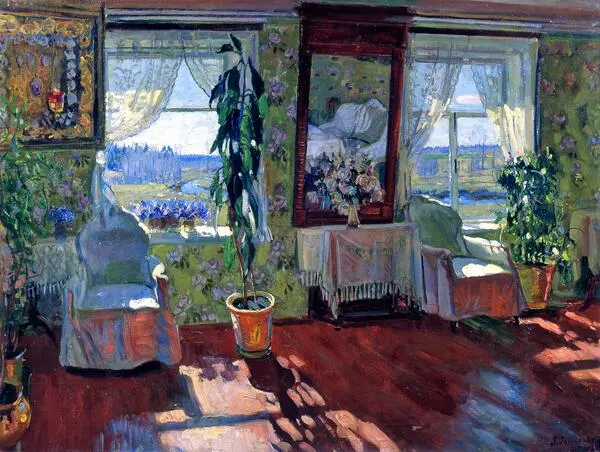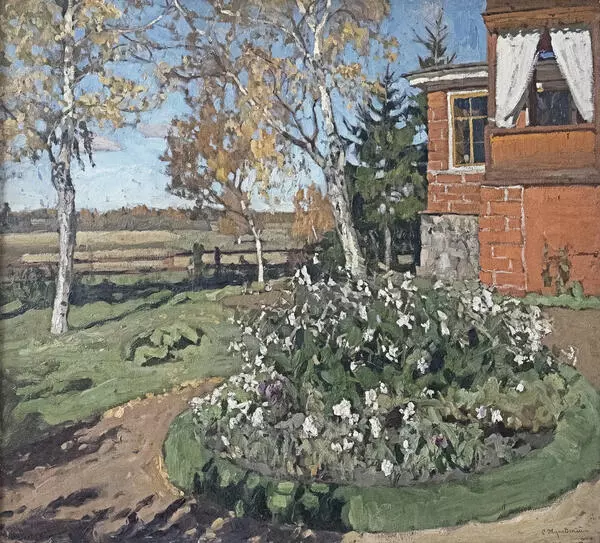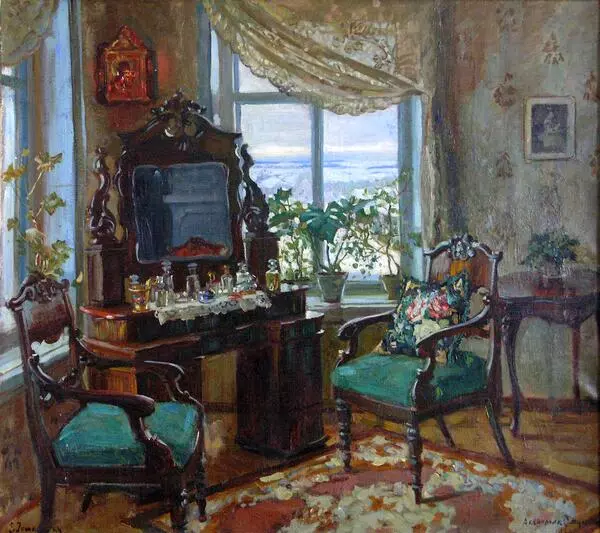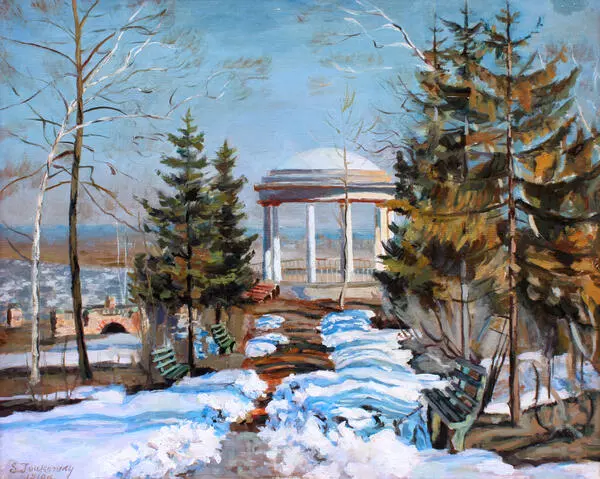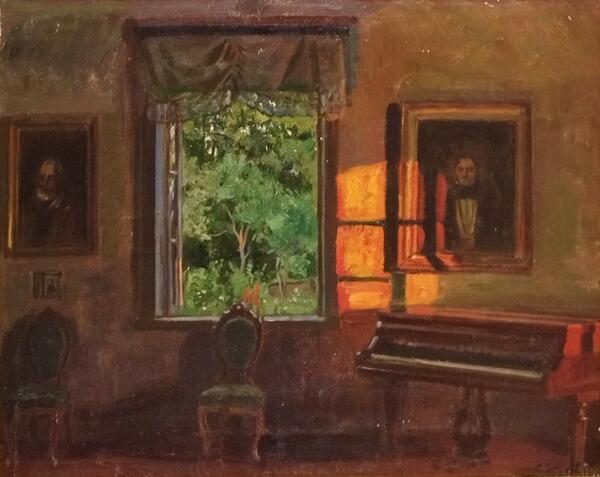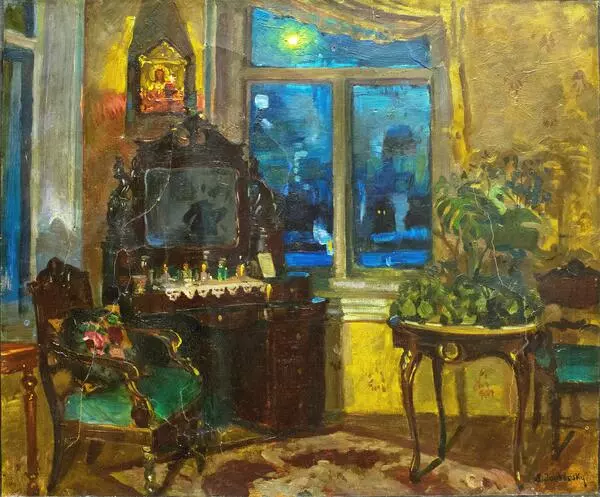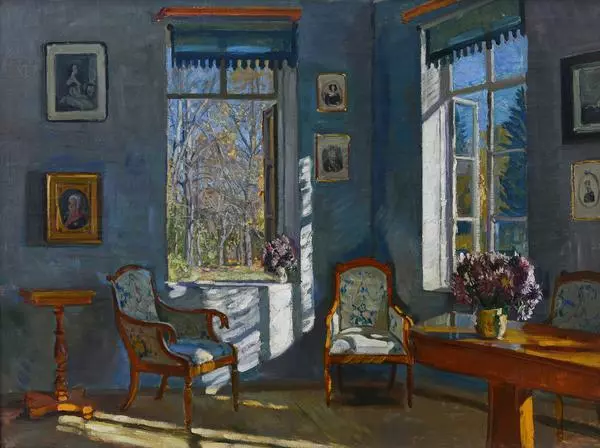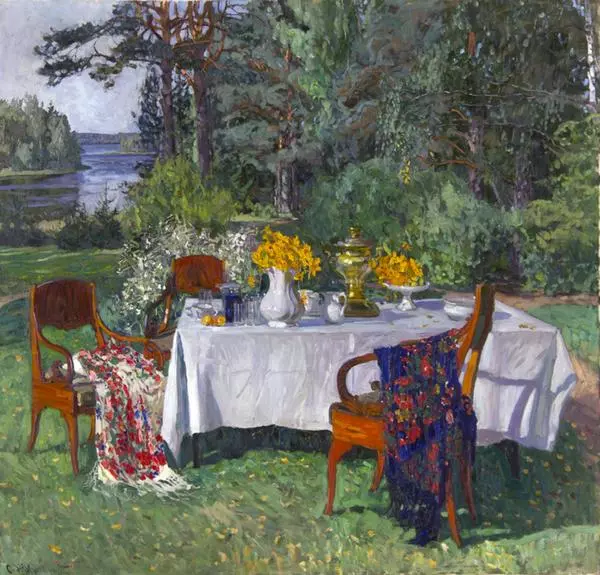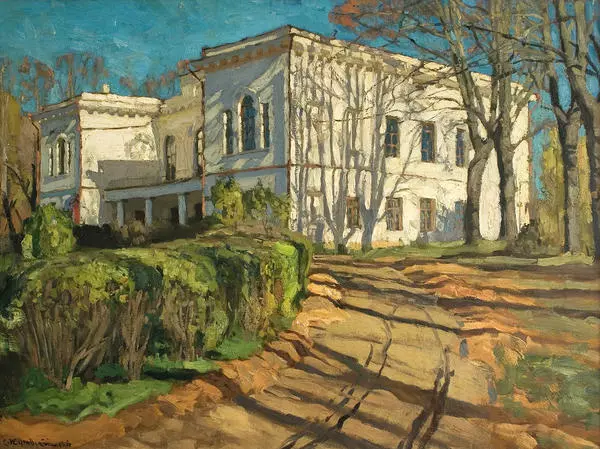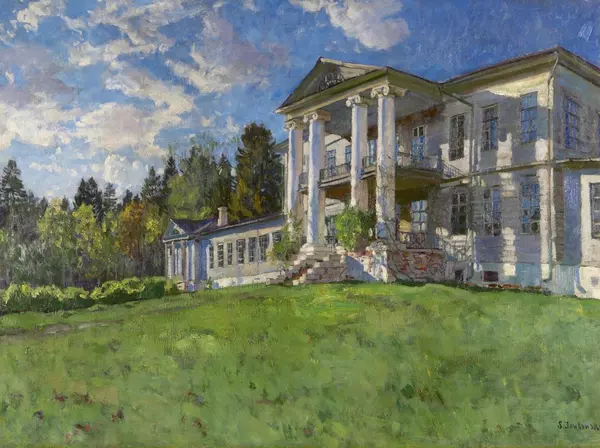Stanislav Yulianovich Zhukovsky was born in 1873 in the village Yendrihovtsy of Grodno province of the Russian Empire (nowadays the Belorussian territory). His father was a Polish aristocrat having deprived of his estates and the noble rights for his participation in the anti-Russian riot in 1863. Zhukovsky got his first skills in painting with the guidance of Sergey Nikitich Yuzhanin (1862-1933) at the Realschule in Bialystok.
At the age of 19 the future artist headed to Moscow to study painting against his father’s will. He entered the Moscow School of Painting, Sculpture and Architecture. Isaac Levitan, Vasily Polenov and Valentin Serov were his teachers. All three were members of the Society for Travelling Art Exhibitions. The artists of this group, so called “Peredvizhniki”, opposed themselves to the academic painters. They preferred to work “en plein air” and not at the stuffy classes, depict the contemporary plots instead of the traditional academic ones. The landscape painting played big part in “Peredvizhniki”s” art. The statute of the society stated its main goal: to organize the travelling exhibitions around the whole Russia. Here the title “Peredvizhniki” (literally translated as “The Wanderers”) came from. Zhukovsky started to take part in their exhibitions in 1895.
Stanislav Zhukovsky’s art mostly continued the traditions of Peredvizhniki, and the influence of Isaac Levitan’s lyrical landscapes was the most prominent. Zhukovsky used to paint most of his pictures “en plain air” paying the special attention to color and light. Searching for the scene he traveled a lot around the old Russian manors of the nobility. The parks and interiors with the windows wide open into the gardens were his main subjects.
“Sleepless night. Dawn is breaking” expresses the features of the artist’s style. It is seen at the subject’s choice: the middle-sized house surrounded by a park with a star-shaped flowerbed in the middle of it. The host is having a nap in a garden chair next to the blossoming lilac. The picture is painted in the impressionist manner typical for this artist. It can be told based on the color choice and the brush work. Zhukovsky managed to express the lyrical mood of the night which has almost finished and is slowly transforming into the morning. The picture is filled with the mood of calmness and tranquility, everything is kind of stopped before the break of a new day.
